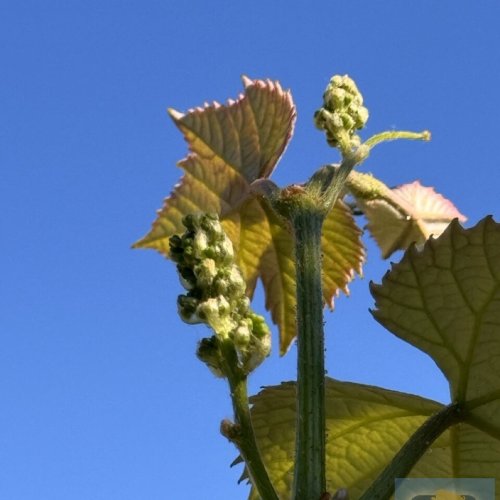For those who get intense over this issue, similar to discussion on trekking poles, there is NO right way or wrong way; there is only what someone personally finds the most preferable to use.
This is to dispel myths which are commonly used to try and claim that reservoirs are either less sanitary to use, or are less easy to use than bottles.
I'm
NOT doing this to suggest that I ,and others who prefer reservoirs, are right; I am doing this to preempt those who misstate facts to claim that using hydration reservoirs is the WRONG way to go.
1.
Sanitation. Bottles have no advantage. Reservoirs stay as sanitary. They do not require cleaning every day, nor do they need to be dried. As with plumbing, it is the change of water that keeps things fresh. With normal use, both bladders and bottles are constantly refilled and emptied That keeps them sanitary UNLESS contaminated water is introduced, or other fluids with sugars (juices, energy drinks, soda pop, etc) are put into either storage container.
When it is time to store bottles or bladders, they can be sanitized if desired with a bit of bleach added to the final rinse water during cleaning. It is not necessary to do so, but there is no harm in doing so. Then they can be rinsed out and be allowed to dry.
Molds and other nasty things occur if either container is stored
with water over a period of time, or have contained other fluids which might have sugars and not properly washed out prior to long term storage..
2.
Ease of Use I find it personally easier to raise the mouth tube on my shoulder strap to drink from. I do not like to reach around to a side pocket, or even need to take off my pack to do so. I definitely do NOT like stuff hanging on my shoulder straps like bottles of water.
Again, this is personal preference, not an issue of something being 'better'. Access water bottles is not an issue of usability for bottle users.
3.
Weight Here is where two major claims are made, one is correct and the other is not.
A typical empty 2 liter reservoir weighs around 4 ounces. The equivalent in bottles around 1.5 to 3 ounces. Depending on bottle material used, though, bottles can weigh up to 8 ounces.
So while it is correct that bottles can weigh less, it is not a significant issue in consideration of overall backpack weight.
The other issue is capacity and weight.
No, one does not have to fill a reservoir to the tippy top. I will carry as much water as I need to carry from water source to water source. So in that regard, regardless of container used, water weight is related to the individual's decision and NOT on container capacities.
4.
Refills This is actually a subheading under ease of use, but it is frequently pointed to as why bottles are better than reservoirs.
I can refill my reservoir without even removing my backpack. Nope, one does not need to pull a reservoir out of the pack. It is a matter of using a quick disconnect system which is a simple and cheap add on.
For those interested in adding a quick disconnect adapter to your hydration reservoir/bladder, I've added a link below. With the quick disconnect added, I don't even need to remove my pack to do a quick and easy refill of the bladder.
The video shows the quick disconnect being used with a water filter as it might be used for wilderness backpacking. It is the way I have it set up when I am backpacking. However, on camino I left off the filter altogether. Instead of the filter being added to the refill cap on the flexible water bottle, skip the filter and screw the refill adapter cap -- sans filter -- to the bottle after it is filled with water.
For refill bottles.... I use
extremely lightweight collapsible bottles that can hold up to 2 liters. Empty, they roll down to a small bundle that are easily stashed in an outside pocket. Many times, I will carry 1/2 liter in the bottle as a quick backup if the weather or the distance between water refills dictates. The refill container in the video is just one option. The refill adapter can also fit on a variety of bottled water containers, if so desired.
So those are the major issues that always seem to come up. There are other myths, but those are the major ones.
While I used to use bottles and hated the thought of using a reservoir, up until 5 years ago, There will be other bottle enthusiasts that can give you their insight and take on the issue. Hopefully all of the input helps with the decision.















